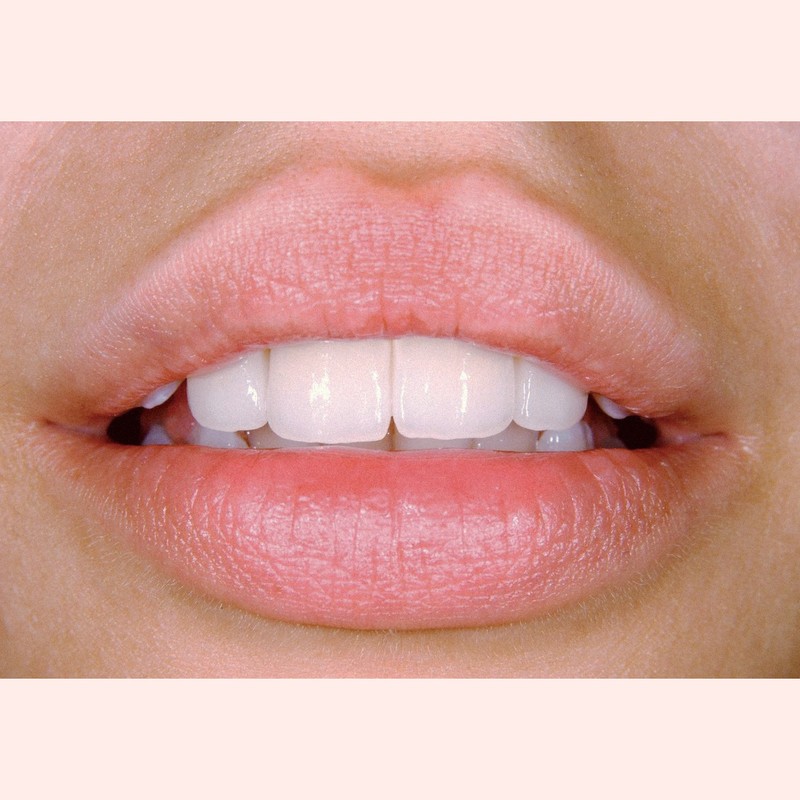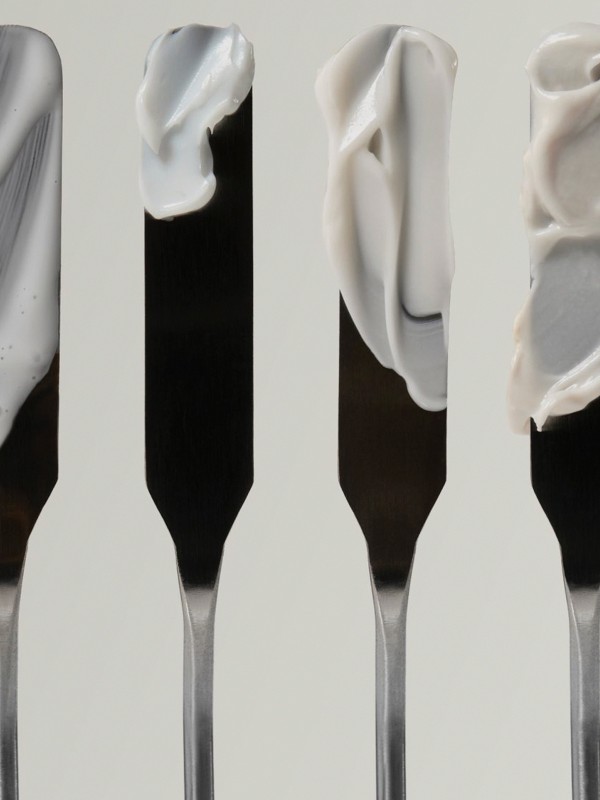
Dental Bonding: Why It’s So Popular
Teeth Bonding Is Getting Better
“Bonding has actually been around for years,” explains Dr Rhona Eskander, cosmetic dentist and owner of Chelsea Dental Clinic. “The process itself is very simple. A white filling material is used for the back teeth and the front. The aesthetics of the material used has vastly improved over the years, with better consistency, colour range and longevity – hence it’s grown in popularity in recent years, especially for use on the front teeth.”
Dr Yusra Al-Mukhtar, cosmetic dentist and founder of DryUsra.com, agrees: “It’s non-invasive and a minimally destructive procedure. The expert treating you will mould the resin material onto your existing tooth to alter shape, length and colour. It’s a great alternative to porcelain veneers, which are known for being quite abrasive.”
It Is Beneficial For Some More Than Others
“Composite bonding is suitable for most, but it’s especially beneficial for those who need minor adjustments to their teeth,” says Dr Yusra. “Bonding does have its limitations, so it’s important this is considered before you opt for it as a treatment, but on the whole it works for anyone wanting to smooth and file any uneven edges or small cracks that aren’t too problematic. It’s worth noting that bonding may not be suitable for those whose teeth aren’t in good alignment. In these cases, often significant tooth structure will need to be shaved down to allow space for the composite – this is both irreversible and quite destructive. Likewise, patients who drink lots of tea, coffee or red wine will need to keep in mind that composite will pick up stains, so they may need to be changed more frequently as a result.”
You Will Need To Replace Them To Maintain Results
“There are permanent restorations but, due to the nature of the bonding resin, you will find teeth continue to stain, while the bond itself will shrink at the margins over time,” advises Dr Yusra. “Because of this, it’s important to understand that they will require regular maintenance and possible replacement every five to seven years. That said, it’s also worth noting the positives. Composites may be prone to chipping, but they can easily be repaired by simply bonding more composite back to the chipped area. If chipping is becoming too regular, that’s potentially a wider issue as part of your bite, but again this can be rectified and easily amended to avoid the problem going forward. This reinforces why you should always have a thorough assessment first. Your dentist can examine your teeth and bite, then advise on the best options so you don’t have any problems post-procedure.”
Costs Can Vary, But Avoid Going Too Low
“Every dentist has their own fees, but the starting cost can be anywhere from £150 up to £600,” says Dr Rhona. “It really varies and it’s worth shopping around, but my advice is to not book treatments that cost below this. Often, if the price is too low, the procedure and professionalism should be checked over and validated. It’s vital you always get a full assessment first and check the suitability of your teeth. Furthermore, seek out someone who understands your smile design to create shapes that suit your face and needs.”
CREDITS: ISTOCK/DANIEL Z GOMBIC
DISCLAIMER: We endeavour to always credit the correct original source of every image we use. If you think a credit may be incorrect, please contact us at info@sheerluxe.com.





